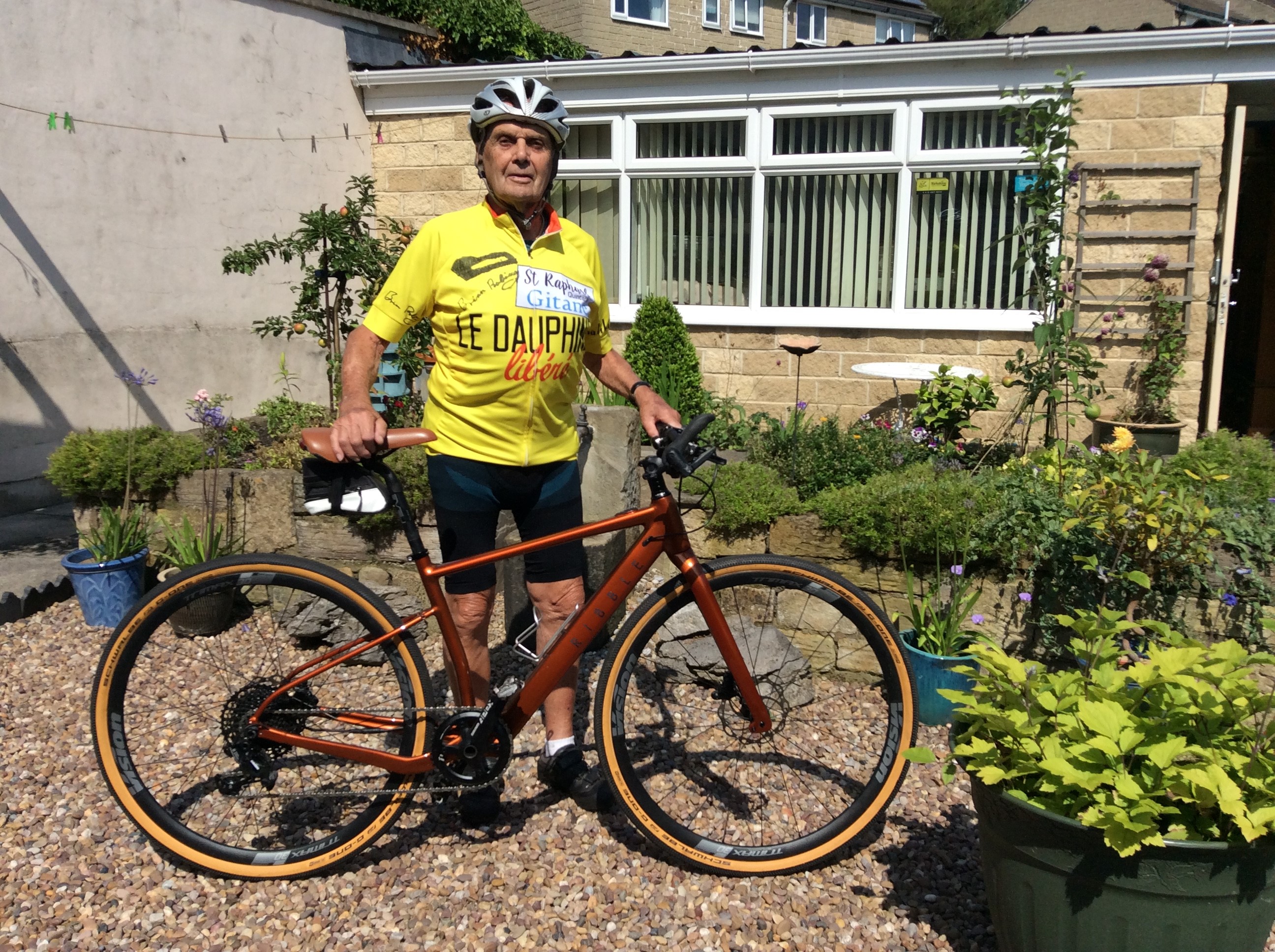How much exercise do you get on an e-bike?
Set your assistance level and an electric bike can make your ride as easy or as hard as you want


It’s easy to think that an electric bike will do all the work for you and that you won’t get the workout that you would on a pedal-only bike. But an e-bike is actually a great way to get fitter, as you can decide for yourself how much effort you want to put into your ride and select the e-bike’s assistance level accordingly.
The cardiovascular benefits of cycling are well known and apply to electric bikes too, not only to self-powered bikes. Since you have to pedal before the e-bike’s motor will kick in, you’ll be getting a decent workout even with the motor’s assistance on tap.
Typically, the highest level of support will add around 250% assistance from the motor to your own effort. If you’re a novice, that’s enough to make starts and hills easier and to keep you rolling.
Appropriate assistance
How much exercise you get beyond that is up to you. If you’re looking for more of a workout, it’s easy to select a lower level of assistance - in Eco mode, Bosch’s Active Line motors provide 40% extra input for example.

You can even switch the motor off completely and ride an electric bike like a normal bike for part of your ride. Most systems add minimal resistance when not in use, although the extra weight of the motor and battery make an e-bike heavier to accelerate and climb.
Research from Europe has shown that e-bike riders in cities typically ride a bit further and more often than riders of non-assisted bikes. With fitness gains closely linked to ride frequency and distance ridden, that means that e-bike riders can match or exceed the fitness gains achieved by non-e-bike riders.
The latest race content, interviews, features, reviews and expert buying guides, direct to your inbox!
Meanwhile, researchers in Utah in the USA hitched up riders to heart rate monitors to measure their exercise levels. They found that e-bike commuters were more likely to leave their cars behind and ride their bikes than users of conventional bikes.
They found too that e-mountain bike riders were getting almost as much of a workout on an electric bike as when they rode a non-assisted MTB over the same route. They rode faster and with less perceived exertion.

Fitter e-bike riders are likely to keep up a pace above 15.5mph/25kph over much of their routes too. That’s the speed at which the motor on an e-bike must by law cut out in much of the world except the US, where it can continue to provide assistance until 20mph. Any speed above this must be maintained purely by the rider’s pedal power, so that the workout you’ll get is similar to that on a normal bike.
The lower perceived exertion when riding an e-bike helps on hilly routes too. The extra assistance available to climb the hills means that an e-bike rider is likely to arrive at the top in better shape than someone climbing the same hill without assistance. So they may be better able to press on once they reach the top, rather than needing to ease up or stop to recover. That levelling out of effort means that they’re likely to be able to ride longer and faster as well.
Keeping riding
An electric bike will help you to keep riding and to keep up with fitter riders if you have health issues too.

The poster boy for the effect of riding an electric bike on your fitness is ex-pro and former yellow jersey wearer Sean Yates, whose heart problems made riding a normal bike increasingly difficult. He found himself unable to ride as much as he wanted, sometimes needing to be collected by car mid-ride, and that it would sometimes take him several days to recover.
Yates took to a Ribble SL e electric bike. Its motor can be hooked up to a heart rate monitor to regulate its power delivery so it kicks in when your heart rate exceeds a pre-set level, to avoid overexertion. His e-bike has allowed Yates to get out and continue to enjoy cycling. He’s even back on a pedal powered Ribble SL too now, thanks to the improvement in his health.

Yates isn’t the only ex-pro rider enjoying the benefits of Ribble’s electric bikes. At age 90, Brian Robinson, the first British rider to complete the Tour de France, is still out riding a Ribble Hybrid AL e around his native Yorkshire. Even the legendary Bernard Hinault has taken to an e-bike, riding the Look E-765 Optimum.
So regardless of whether you’re a novice or an experienced cyclist, you can fine-tune an electric bike to help you meet your fitness goals. With the lower perceived exertion, you’re likely to ride further and more often too.

Paul started writing for Cycling Weekly in 2015, covering cycling tech, new bikes and product testing. Since then, he’s reviewed hundreds of bikes and thousands of other pieces of cycling equipment for the magazine and the Cycling Weekly website.
He’s been cycling for a lot longer than that though and his travels by bike have taken him all around Europe and to California. He’s been riding gravel since before gravel bikes existed too, riding a cyclocross bike through the Chilterns and along the South Downs.
-
 'We forged solidarity from steely determination and hot tarmac' – how three brothers came together again on a bike trip all the way across France
'We forged solidarity from steely determination and hot tarmac' – how three brothers came together again on a bike trip all the way across FranceDecades after growing apart, Simon Fellows and his brothers reunited to breathe new life into old bonds on a 1,000-mile ride across France
-
 Shimano releases 'affordable' 1x 12-speed GRX Di2 components
Shimano releases 'affordable' 1x 12-speed GRX Di2 componentsThe new RX717 range includes a right-side dual control lever, two left-side brake-only lever options and a rear derailleur compatible with the brand's 10-51t cassettes
